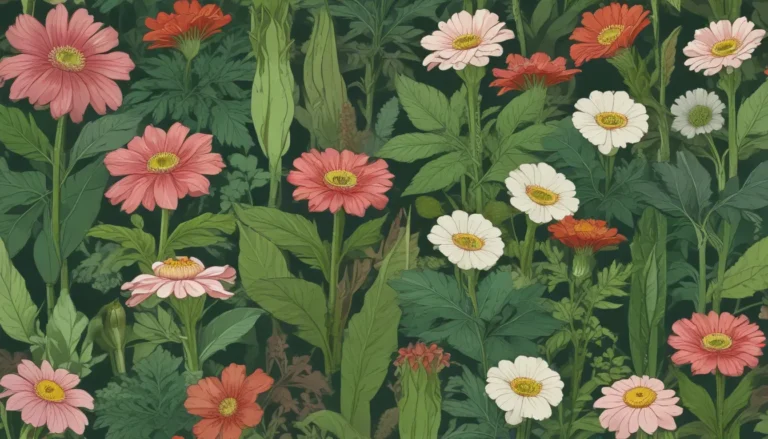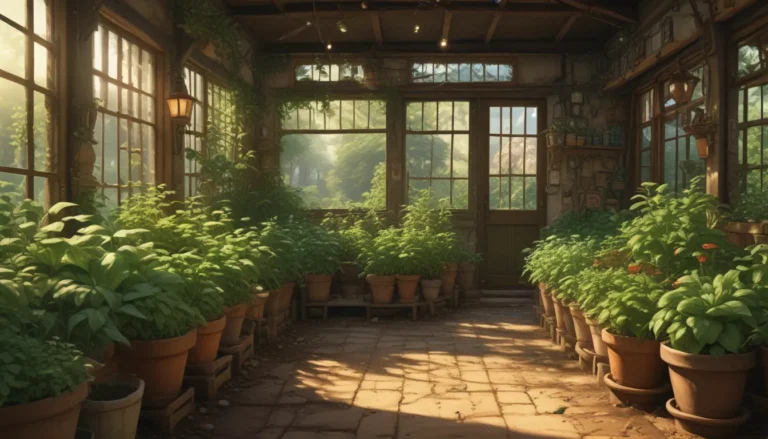Everything You Need to Know About Shelling Peas: Varieties, Growing Tips, and More

Today, we’re diving deep into the world of shelling peas, specifically focusing on the best varieties for your garden. Whether you’re a seasoned gardener or a newbie looking to try your hand at growing this cool-season vegetable, we’ve got you covered. But first, let’s address the elephant in the room – I have a confession to make.
I love giving strong recommendations about what people should do in almost every situation. And I love it even more when people follow my advice.
Today, we’re not going to pick just one “best” shelling pea variety. Instead, we’re going to explore 17 of the best options out there, allowing you to choose based on your specific growing needs and preferences. So, let’s get started!
Why Grow Shelling Peas?
Before we dive into our list of top shelling pea varieties, let’s talk about why you should consider growing these delectable little legumes in your garden. Shelling peas provide a whole host of benefits, including:
- Rich in Nutrients: Shelling peas are chock full of essential vitamins and minerals, making them a nutritious addition to your diet.
- Delicious Flavor: There’s nothing quite like the sweet, fresh taste of homegrown peas straight from the pod.
- Versatility: Shelling peas can be enjoyed in a variety of ways, from steaming and sautéing to adding them to salads and stir-fries.
Now that we’ve covered the basics, let’s move on to our list of top shelling pea varieties that you can grow in your garden.
17 of the Best Shelling Pea Varieties
- Alaska Early
- Vigorous four-foot vines produce a harvest 57 days after sowing.
- Yields five to eight plump, sweet seeds in each pod.
-
Available from Country Creek Acres via Amazon.
-
Burpeeana Early
- Bush-type cultivar that matures 63 days from sowing.
- Produces three-inch straight pods on two-foot vines.
-
Available from Burpee.
-
Canoe
- Produces about a dozen seeds in each boat-shaped pod.
- Ready to eat fresh, steam, or freeze.
-
Starts producing about 70 days from sowing.
-
Easy Peasy
- Yields 10 to 11 seeds per pod.
- Pods are very sweet with a flavor that pops.
-
Available from Burpee.
-
First 13
- Contains up to 13 seeds in a single pod.
- Sizable pods with vines reaching three to four feet tall.
-
Available from Burpee.
-
Garden Sweet
- Bred to contain 20 to 30 percent more sugar than similar pea varieties.
- Produces three-inch pods of plump, juicy peas.
-
Available from Burpee.
-
Green Arrow
- Highly resistant to many common pea diseases.
- Yields four-inch pods with eight to 11 sweet peas.
-
Available from Botanical Interests.
-
Iona
- Hybird French variety with half-sized pods.
- Seeds are diminutive and ever-so-sweet.
-
Available from Botanical Interests.
-
Lincoln
- Heirloom shelling pea producing massive amounts of pods on short vines.
- Keeps growing well into June and July.
-
Available from Eden Brothers.
-
Little Marvel
- Compact plants with soft shells and easy shelling.
- Produces dark green, rounded pods with seven to eight plump peas.
- Available from Eden Brothers.
-
Maestro
- Yields an abundance of four-inch pods on small plants.
- Resistant to diseases including mosaic virus and powdery mildew.
- Available from Burpee.
-
Mr. Big
- Produces giant pods of sweet seeds on short plants.
- Suitable for containers with support for air circulation.
- Available from Seed King Express via Amazon.
-
Progress #9
- Sets five-inch pods full of plump, tender seeds 58 days after planting.
- Resistant to disease, particularly common wilt.
- Available from Botanical Interests.
-
Purple Podded
- Produces deep purple pods with clusters of light green seeds.
- Requires trellising as vines climb to four feet.
- Available from Burpee.
-
Sabre
- Mid-season variety maturing 65 days after planting.
- Yields long, pointed pods with up to 11 mild and sweet seeds.
- Resistant to fusarium wilt, powdery mildew, and root rot.
-
Strike
- Matures quickly, 49 to 55 days after planting.
- Vines reach 24 inches and yield pods with six to seven seeds.
- Resistant to Fusarium wilt and Pythium.
-
Wando
- Cold tolerant and heat resistant, suitable for hot areas and late planting.
- Yields pods with seven to nine seeds each.
- Available from Botanical Interests.
Why Should You Grow Shelling Peas?
Before moving on, let’s talk about why growing shelling peas is a great choice for your garden. Some of the benefits of growing these delicious legumes include:
- Fresh Flavor: There’s nothing like the sweet, fresh taste of homegrown peas straight from the garden.
- Nutritional Benefits: Shelling peas are rich in essential vitamins and minerals, making them a nutritious addition to your diet.
- Versatile Use: Shelling peas can be enjoyed in a variety of dishes, from salads to soups to stir-fries.
Now that we’ve covered the basics, let’s delve into some additional tips and tricks for growing shelling peas successfully in your garden.
Tips for Growing Shelling Peas
- Planting: Start by selecting a sunny location with well-drained soil for planting your peas.
- Support: Peas are climbers, so provide a trellis or support system for them to grow on.
- Watering: Keep the soil consistently moist but not waterlogged to promote healthy growth.
- Harvesting: Harvest your peas when they are plump and tender for the best flavor.
By following these simple tips, you can enjoy a bountiful harvest of delicious shelling peas in your garden.
Conclusion
In conclusion, shelling peas are a nutritious and delicious addition to any garden. With a wide variety of options to choose from, you’re sure to find the perfect pea variety to suit your growing needs.
What are your favorite shelling peas to grow? Do you have any tips or tricks to share with our readers? We’d love to hear from you in the comments below.
For more information on growing legumes in your garden, be sure to check out our guide on how to plant and grow peas, all about edible pod peas, and how to identify and control pea weevils.
Happy gardening!





